Air camouflage: painting aircraft - when providing stealth takes on a symbolic meaning
The Su ‑ 34 bomber is almost imperceptible against the sky and above the water surface. The technology of painting this aircraft, which is built at the Novosibirsk Aviation Plant. V.P. Chkalov (a branch of the company “Sukhoi”) solves the problem of anticorrosive protection of airplanes and its appearance.
Anticorrosive protection of the aircraft - a multifaceted and long-term process that begins with painting the skins in detail. The creation of "liveried" - "clothing", the appearance of the Su ‑ 34 - takes place in the paint shop NAZ them. V.P. Chkalov. Previously, the entire surface of the aircraft is washed with soapy water, then with a mixture of solvents, and then degreased. Next is the isolation of surfaces that are not subject to painting. The final painting takes place after the completion of all assembly work and the flight tests of the aircraft.
All painting work is carried out in a hangar equipped with supply and exhaust ventilation, at air temperature 12 – 35 ° С, relative humidity of air 35 – 75%.
Priming and painting of the lower and side surfaces of the aircraft are carried out using airless spraying installations, and coloring of the upper surfaces using a spray gun. The work is carried out according to a used pattern: the bottom and side surfaces of the machine are painted by two people, starting from the front to the tail, and the top of the product is four people. “It is pleasant to feel that I contribute to the creation of our combat pride along with other employees of the enterprise,” says the painting workshop master Vladimir Kochnev. - When the plane soars in the sky, I do not see on it either inscriptions or symbols to which I applied my hands, but I know that they are there. Then there is a sense of pride in their work, the work of our painters, their factory, for their country. ”
The Su-34 coloring scheme is defined by the design documentation agreed with the customer. Upon request, the scheme may be changed. At present, the Su ‑ 34 coloring scheme is a light blue color of the bottom, camouflage spots of turquoise shades on the top, white color of the nose fairing. The front edges of the airframe are painted in a light gray color, and the nacelle zones are enamelled in silver. This variant of coloring is also called “sea”, which allows the aircraft to be almost imperceptible.
The on-board information (technical inscriptions) is also included in the color scheme, it is applied with enamels of various colors through silk-screen printing stencils, which are made here in the paint shop. The same enamels of various colors use stencils on the self-adhesive film to identify marks, emblems, side numbers. In particular, the application of a sign of nationality - the star - is done as follows: the first stencil is glued, the background is applied in white, then the other two stencils are glued alternately, after which red and blue are applied. This is a very time-consuming, complex process, requiring artistic skill, the faithful hands of the performer.
All the final painting time is eight days, including interlayer drying of coatings. And the weight of used paints and varnishes - about 200 kg.
The thickness of the protective anti-corrosion coating is 60–90 microns. All primers and enamels used for painting the Su-34 are of domestic production, recommended by the All-Russian Research Institute aviation materials. According to painters, these materials have a number of advantages over some foreign analogues: they are easier to apply and dry faster. “Our experience has shown that the coatings are durable and reliable in operation,” comments Natalya Ivanova, senior supervisor of the paint shop. - There are no complaints about the Su-34 at the moment, and only time will check the quality. We do our best not to be ashamed of our work. The quality of painting of our combat aircraft is a merit of the entire team of the workshop.
"Digital" camouflage MiG
20 December 2007 from the hangar of the aircraft repair plant in Trencin rolled out the upgraded MiG ‑ 29AC number 0921, which was the first in the Slovak Air Force to receive a new, very original “digital” camouflage scheme - in the form of individual small square “pixels” of gray tones of two different shades along the upper surface glider, also having a gray color (a different tone).
The coloring of the first aircraft under the new scheme was the beginning of the final stage of the modernization program of the Slovak MiG ‑ 29. After the technical revision provided for by the contract, all 12 machines were repainted according to a new scheme.
Masking the object and “breaking” the silhouette lines is the task of any camouflage. However, according to the developers, the “right” pixel-points do this at different distances equally well. “Digital” coloring is called because it was really developed using a computer. And it is not just randomly scattered pixels. At different distances from the object, they form groups of spots of different sizes. This is due to the special perception of the eye pattern, divided into rectangular parts of the picture, as well as due to the lack of obvious color joints. Therefore, “digital” camouflage in theory more effectively breaks the symmetry of the outlines of an object, be it a man or military equipment.
True, for aircraft "digital" camouflage - rather a fad. Typically, the background for aircraft is the runway, parking cover or sky. Against the background of the earth in the dynamics of "digital" color does not work. Apparently, therefore, having painted the first MiG ‑ 29AS in classic “digital” camouflage, the customer already on the second copy (No. 0619) departed from the severity of such a “disguise”: his keel over the “pixel” coloring was additionally crowned with a “tricolor” in honor of 15 anniversary of the Slovak Air Force.
"Sukhovskaya" coloring
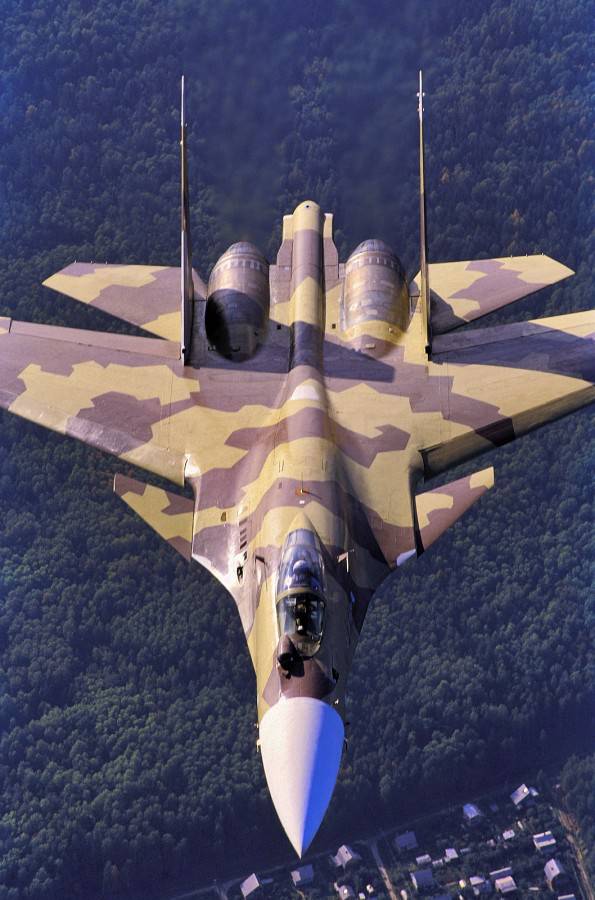
In terms of the complication of visual observation in the world at the present time, there are two main approaches to the color of serial combat aircraft:
1. Monochromatic color, optimized to reduce the contrast of the aircraft on one typical background. Paint color is chosen in such a way that the surfaces of the aircraft have the same brightness as the background. A variant of this color is a two-tone color, in which for the shaded areas enamel is used of lighter shades than for the illuminated areas. This achieves a better alignment of the brightness of the surfaces of the aircraft with the brightness of the background.
2. Warp coloring applied to varying background observation. The effect of the warp coloring is that each time a part of the stain stains merges for the observer with the changed background area. This is achieved by the distortion and unrecognizability of the remaining visible part of the shape and contours of the object. In the company's painting schemes
“Dry” found both of these approaches. Deforming paint is used on modern production aircraft of the Sukhoi Design Bureau, which are in service with the VKS and Russian Navy.
The color of the Su-27 family of fighters is optimized for observation on typical backgrounds in close combat, Su-33 ship-based fighters against the water surface, Su-34 fighter-bombers against the underlying surface at medium and high flight altitudes, Su-type attack aircraft 25 - on the background of the underlying surface when flying off the ground. Colors of enamels for coloring attack aircraft such as Su ‑ 25 are selected depending on the location of the intended base.
For the lower surface of the aircraft, monochromatic coloration is most often used to reduce the contrast of the aircraft when viewed against the sky.
According to the decision of the Minister of Defense, for all production aircraft 2011 – 2013 of release for the upper surfaces monochromatic coloring of dark gray tones was used. Later, with the advent of the new Minister of Defense of the Russian Federation, it was decided to return to the old distorting color schemes and the same color scheme. In the color schemes of the Sukhoi production aircraft supplied to a foreign customer, both monophonic and deforming coloration have been applied. Gray tones are used in the same color schemes for the Su-30MKI Air Force planes of the Indian Air Force, the Su-30MKM Malaysian Air Force and the Su-30MKI (A) Algerian Air Force. Two-color monochromatic dyeing is used in Su ‑ 30MKK, Su ‑ 30MK2, Su ‑ 27SK AIR PLAA color schemes. Deforming staining is used in Su ‑ 27SK, Su ‑ 30MK2 aircraft color schemes of the Air Force of Venezuela, Vietnam, Indonesia, Uganda, color schemes of the Su-25 attack attack aircraft.
The type and design of the paint scheme, the colors and brands of paint coatings used for airplanes supplied to a foreign customer are determined based on the wishes of the customer and approved during negotiations upon signing the contract. Often, the type and colors of the color scheme of the aircraft supplied are chosen by the customer in accordance with the similar designations adopted in his Air Force.
In the coloring of experimental aircraft of the Sukhoi company, a distorting paint was widely used, using broken lines as spots edges. Broken lines serve to distort the visible shape and contour of the aircraft and thus mislead the enemy in close combat. Such an approach was most developed in “fragmentation” color schemes for prototypes of the Su-35 and T-50 aircraft.
Often, the color schemes of experimental machines are chosen so as to maximize the interest of the potential customer. An example would be the coloring of an 10M aircraft tail number 711. The painting was made in "sandy" colors and was designed to attract the attention of customers from the Middle East.
We should also mention the color scheme developed by the Sukhoi company for the Russian Knights aerobatics group, which is used on Su-27 aircraft. The coloring scheme is made in the colors of the tricolor of the Russian Federation and the flag of the Air Force of the Russian Federation. This scheme allows you to visually visualize aerobatics performed by the group.
Quality "livery"
The protective properties of coating systems, their durability and the appearance of the aircraft as a whole depend on the quality of the final painting. Currently, coating systems based on both domestic and imported enamels are used to paint Sukhoi production aircraft.
Domestic-made enamel is used for painting Su-34 airplanes. Specially-designed AK ‑ 1115M camouflage enamel is used to paint Su-25 type airplanes, and domestic-made QC ‑ 5178 enamel is used for radio-transparent surfaces.
Currently, the company "Sukhoi" are working on the development of advanced coating systems. So, for prototypes of the fifth generation fighter T ‑ 50, radio absorbing materials developed by the Institute of Theoretical and Applied Electrodynamics of the Russian Academy of Sciences, heat-insulating enamel protecting the airframe surfaces from damage at high temperatures arising from the weaponry were tested and introduced.
Also, Sukhoi, in conjunction with domestic manufacturers of paints and varnishes (FGUP VIAM, NPK YarLI, Russkie paints, ITPE RAS) are working on the search and implementation of promising paints and varnishes instead of imported materials.
Aircraft painting scheme
The color of the aircraft is designed to protect against the effects of various environmental factors, as well as to reduce the optical visibility of the aircraft.
Final painting - the final operation in the manufacture of the aircraft. The document on which the final coloring is done is the drawing “Airplane color scheme”. The drawing defines the design of colors, colors and types of applied paintwork materials, as well as areas of their application. For military aircraft, this drawing is developed, as a rule, in the design office that created the design of the aircraft, and is transmitted to the manufacturer.
The main tasks solved in the development of paint schemes:
• types of coatings and areas of their application to the aircraft should be chosen so as to protect the aircraft from corrosion, the effects of aggressive environmental factors, erosion, temperature and other effects on the aircraft while maintaining the efficiency of all its systems;
• the color, shape, dimensions and locations of the identification marks of the nationality of the aircraft, its airborne and serial numbers, and other graphic information should be identified;
• for serial combat aircraft, the coloring should make it difficult to visually observe the aircraft in typical combat situations.
The color scheme depends on the type of aircraft, the tactics of its combat use, the intended home region, the characteristics of aircraft operation.
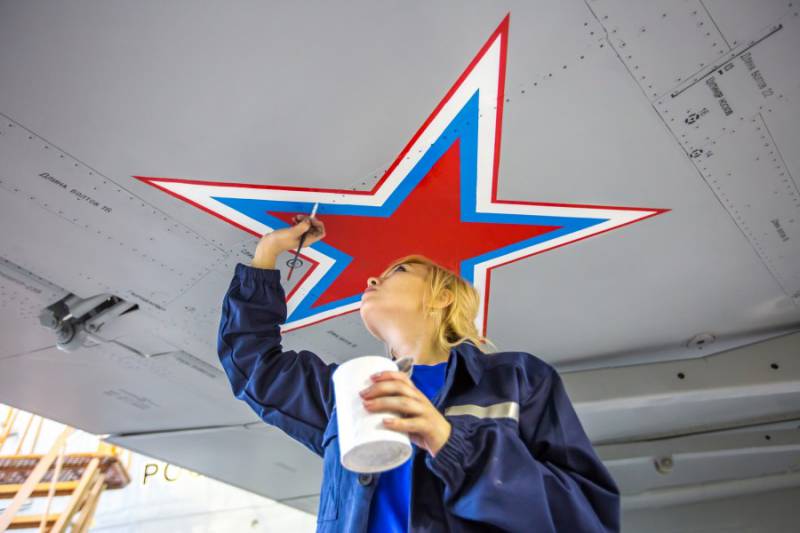
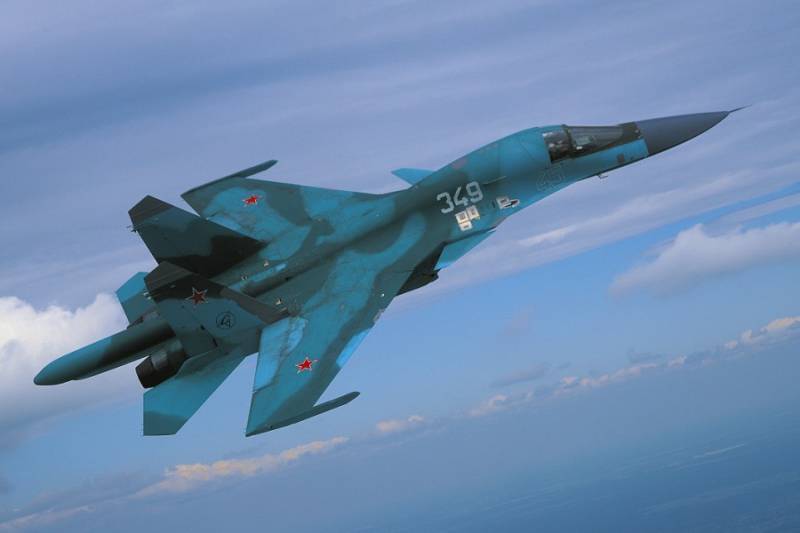
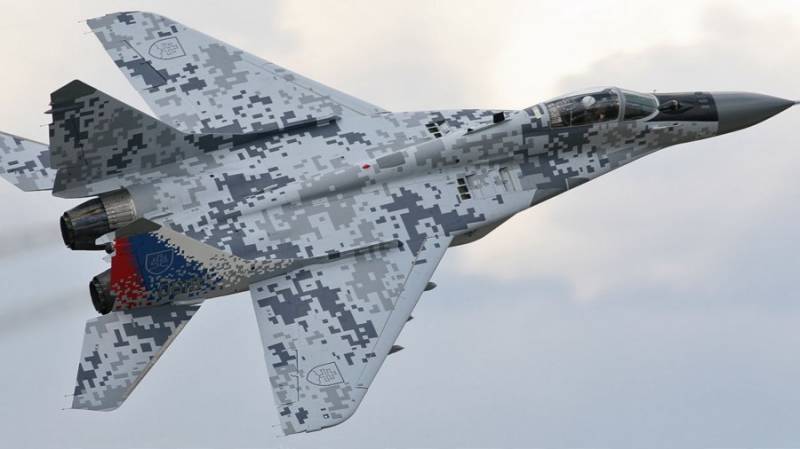
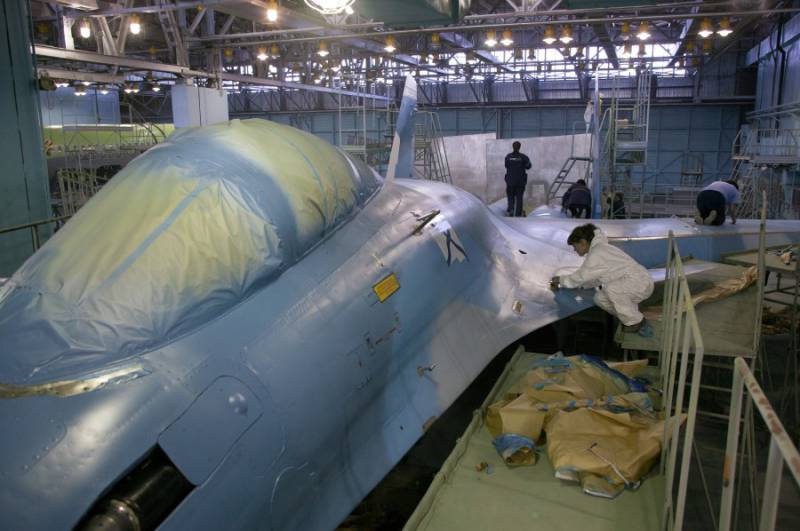
Information